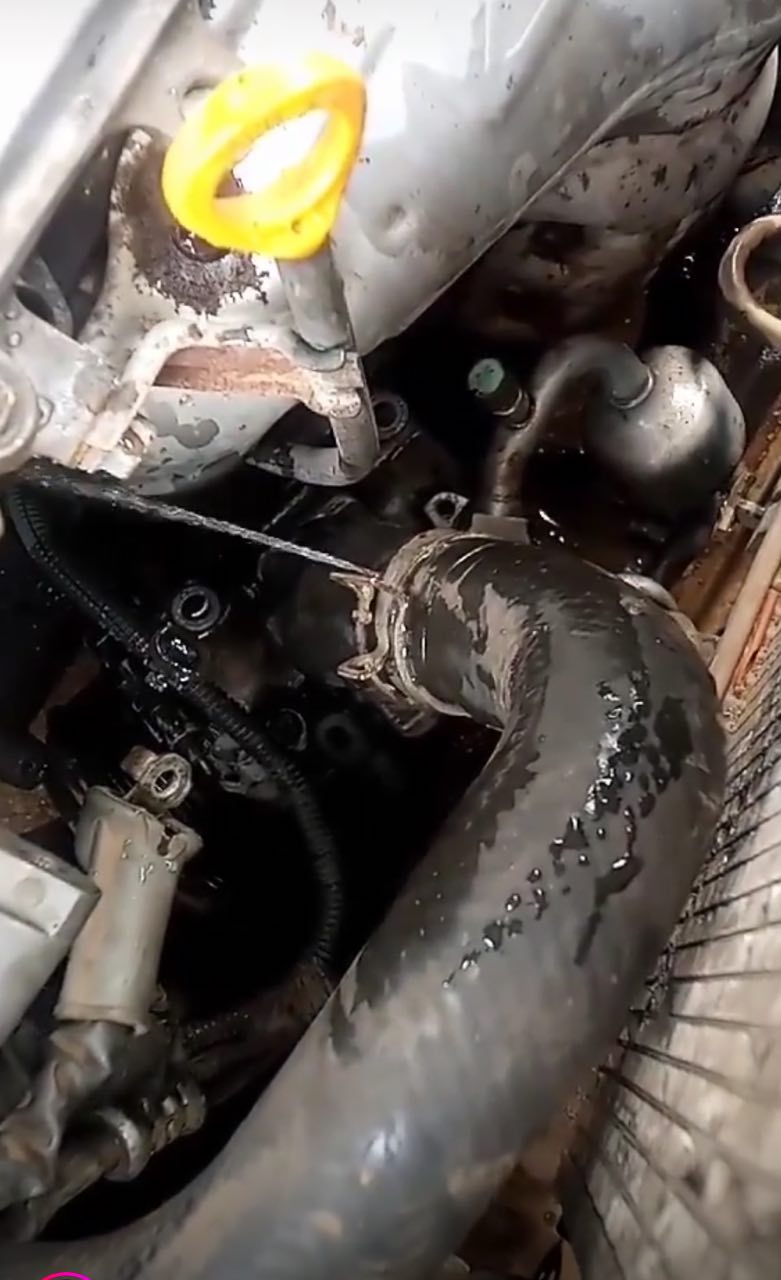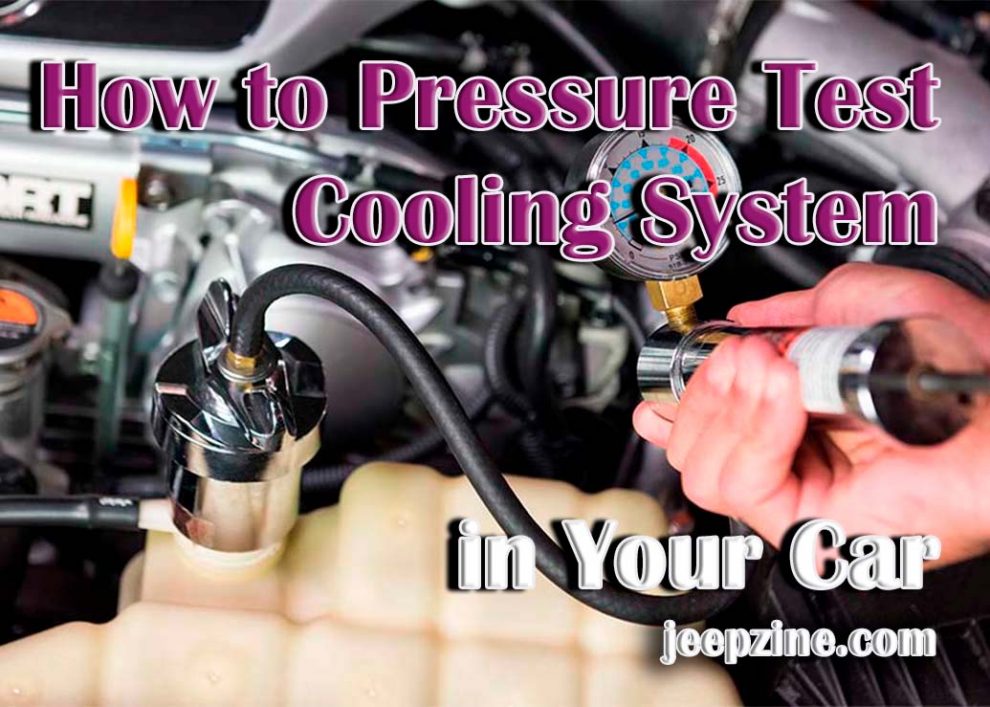Keeping a car’s cooling system in good condition is vital for its long-lasting performance and durability. The cooling system removes excess heat generated by the engine and other components, protects them against wear and tear, and provides a comfortable cabin environment for the driver. If the cooling system isn’t operating effectively, it can lead to overheating in the engine, which can cause serious damage to your car. Pressure testing your car’s cooling system is an important part of regular maintenance and helps you detect any potential issues before they become big problems. This article will provide an overview of how to pressure test cooling system safely and effectively to keep your vehicle running smoothly for many years to come.
What Is a Pressure Test?
A pressure test cooling system is a diagnostic procedure used to determine the health of a vehicle’s cooling system. During the test, pressurized air is injected into the system and monitored for any leaks or other problems. If a leak is found, it can be identified and fixed. The pressure test helps identify potential coolant loss due to faulty hoses, clogged radiators, and faulty water pumps. It also helps detect possible misalignment between radiator and fan belts, which can lead to overheating issues. Pressure testing can also help detect blockages in the engine that may cause overheating or damage resulting from an overly hot engine temperature. The pressure test should be performed after any repairs have been made to the vehicle’s cooling system for a complete diagnosis of its overall condition. A pressure test can often reveal if there’s a need for Replacing the Jeep Cherokee Oil Pressure Sending Unit.
What Tools Are Needed for a Pressure Test?

How to Perform the Test
Once you’ve gathered the necessary tools, you can begin the pressure test. First, locate the vehicle’s radiator fill cap or thermostat housing and attach your adapter hose to it. Next, connect one end of your pressure gauge to the adapter hose and turn on your air compressor. Once the system is pressurized, monitor your pressure gauge for any changes in air pressure. If there is a decrease in air pressure, there may be a leak in one or more of the cooling system components, such as hoses or water pumps.
After locating any leaks, they should be repaired before continuing the test. After repairs have been made, it’s time to increase the air pressure to detect any clogs that may be present in hoses or other components. Increase the pressure slowly until it reaches 15 PSI and monitor your gauge for any decreases in air pressure that could indicate a blockage somewhere within your cooling system.
Tips and Warnings for Pressure Testing
When pressure testing a car’s cooling system, it is important to remember the following tips and warnings.
-
Ensure your air compressor is designed to provide at least 15 PSI of pressure to accurately detect any blockages within the cooling system.
-
Wear safety glasses and gloves when performing the test for added protection from any potential explosions or other accidents.
-
Shut off your vehicle’s electrical components before beginning the test.
-
Never exceed 25 PSI of air pressure when performing a pressure test, as this can damage some components within the cooling system.
Conclusion
Pressure testing your car’s cooling system is an important part of regular maintenance and helps keep your vehicle running smoothly for many years. Following the steps outlined in this article, you can perform a pressure test yourself safely and effectively. Before beginning the test, gather the necessary tools, such as a pressure gauge, air compressor, adapter hose, coolant fluid, and coolant hose remover. Additionally, keep an eye on the pressure gauge for any decreases in air pressure that could indicate a leak or blockage somewhere in your cooling system. With the right tools and knowledge, you can easily detect potential issues with your car’s cooling system before they become big problems.

